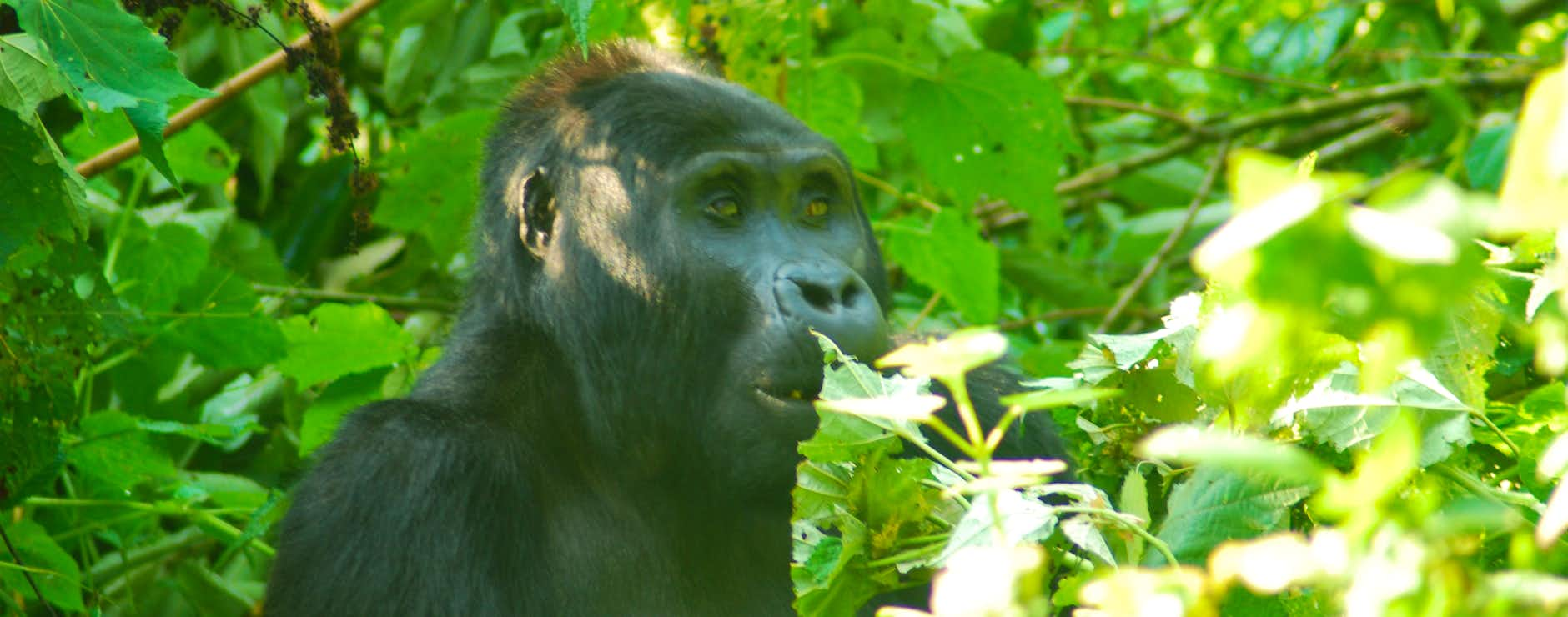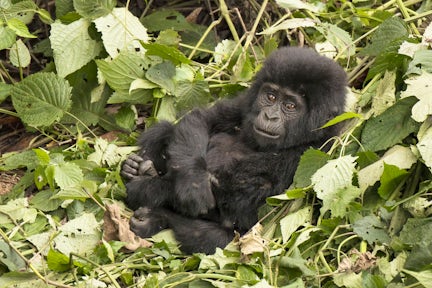Gorilla Trekking in Uganda

Uganda is home to half the world's Mountain Gorilla population. Seeing these animals up close in their natural habitat is one of the most impressive wildlife encounters in Africa. …


























